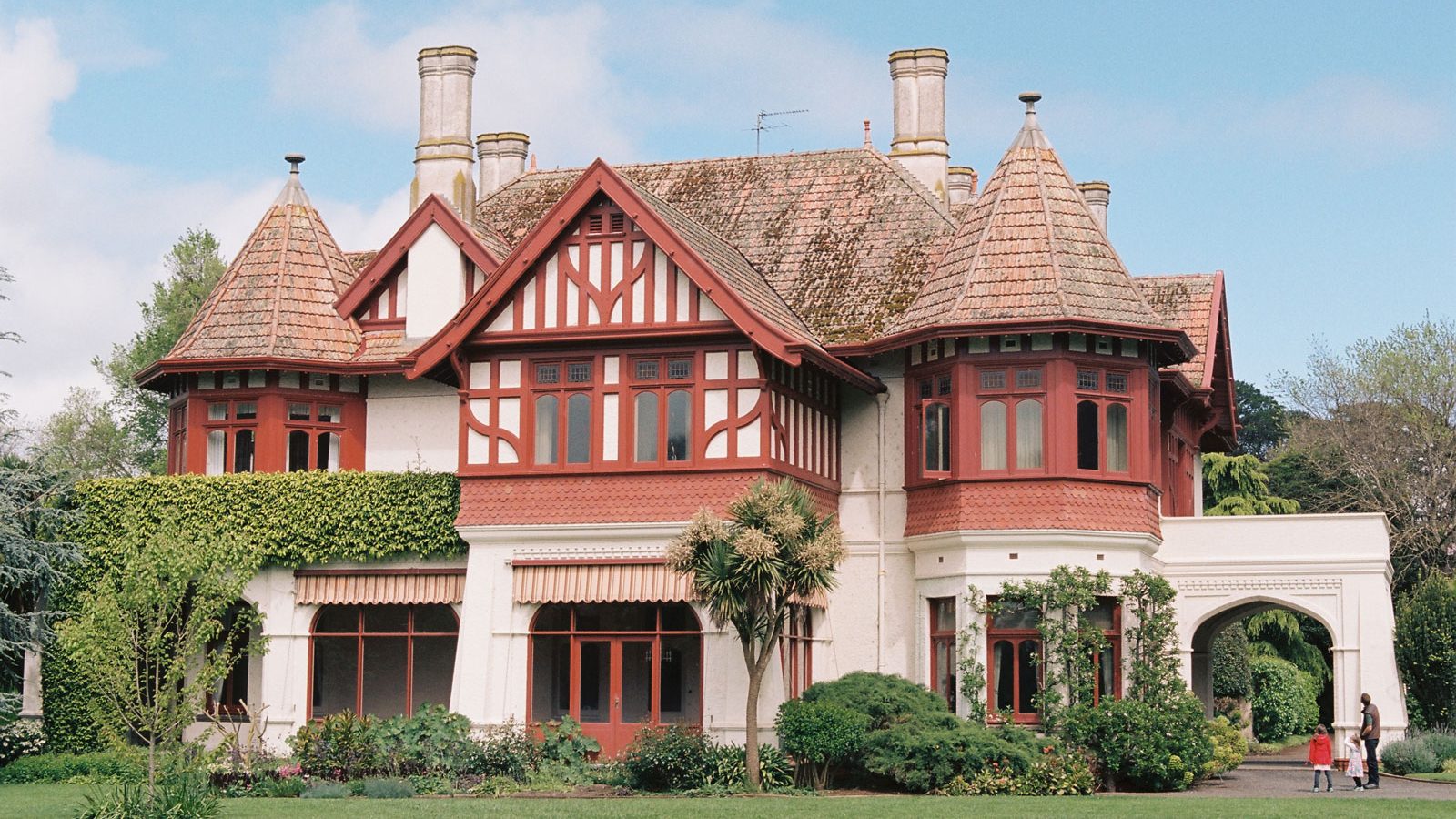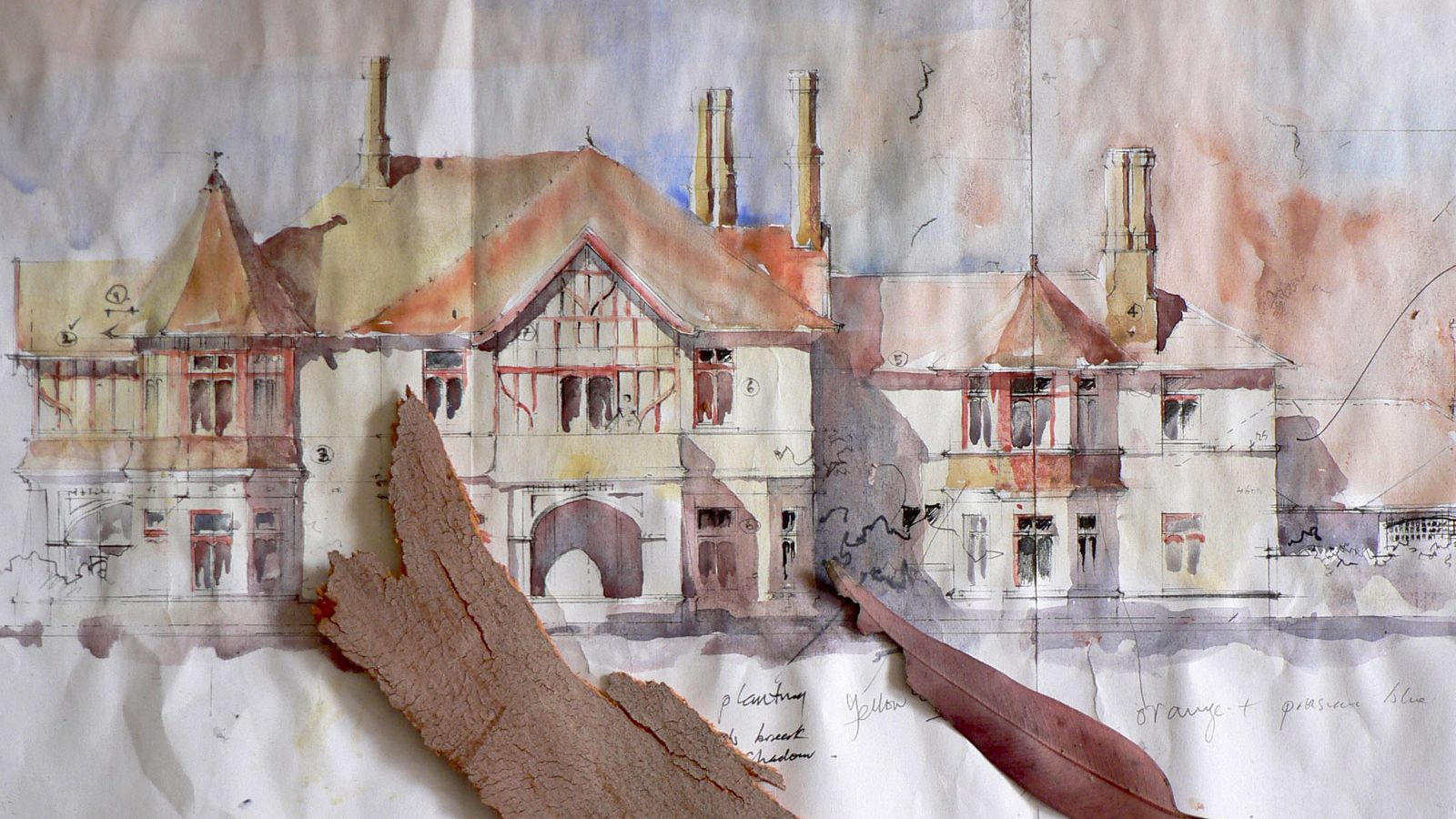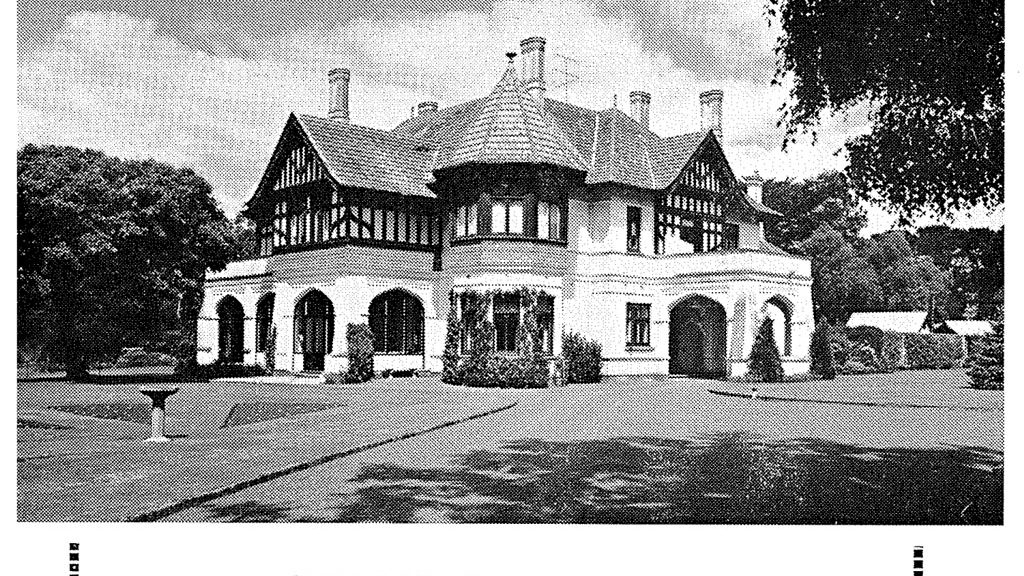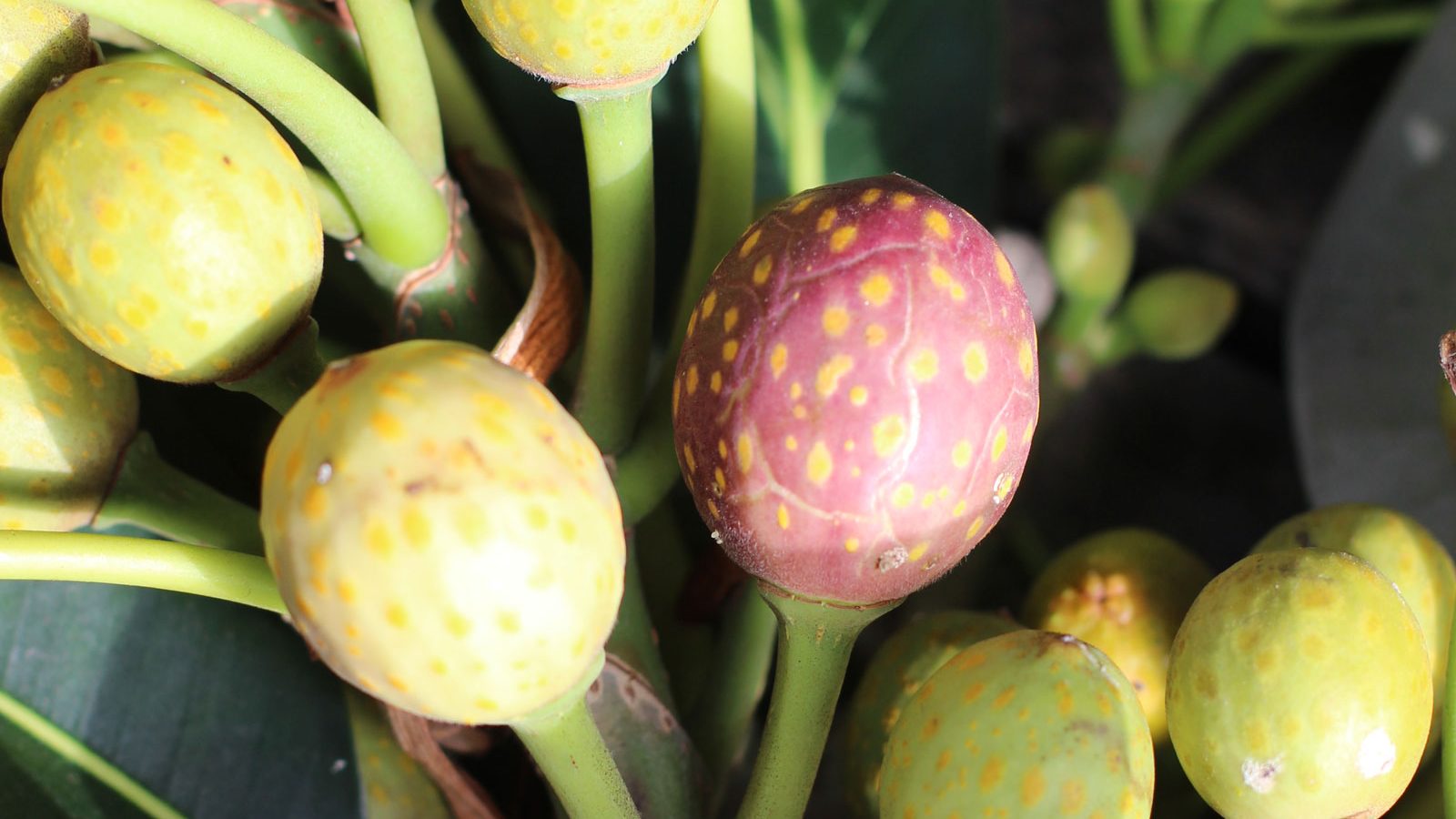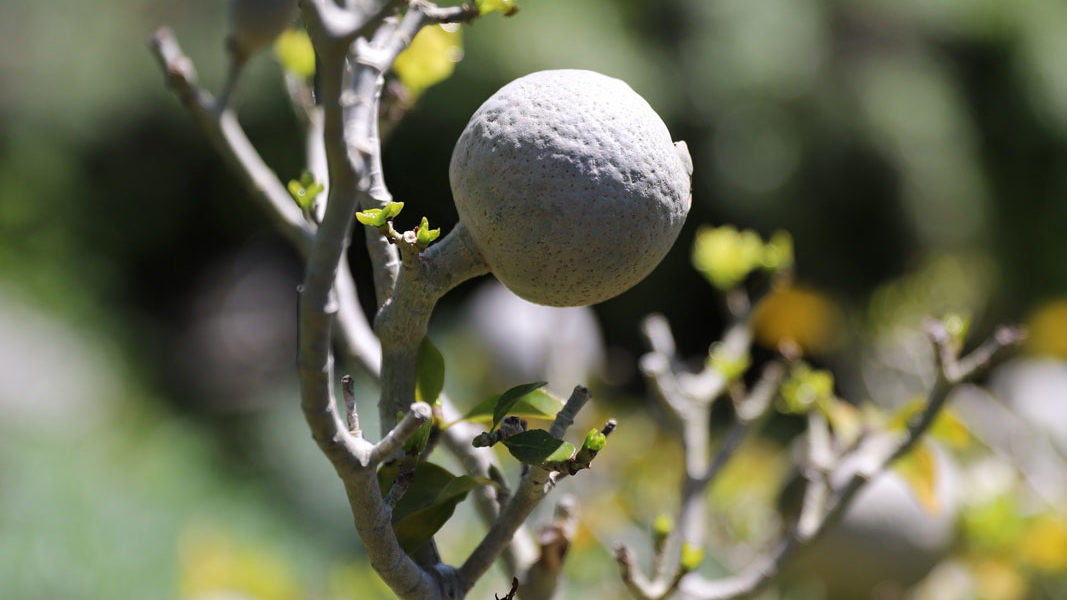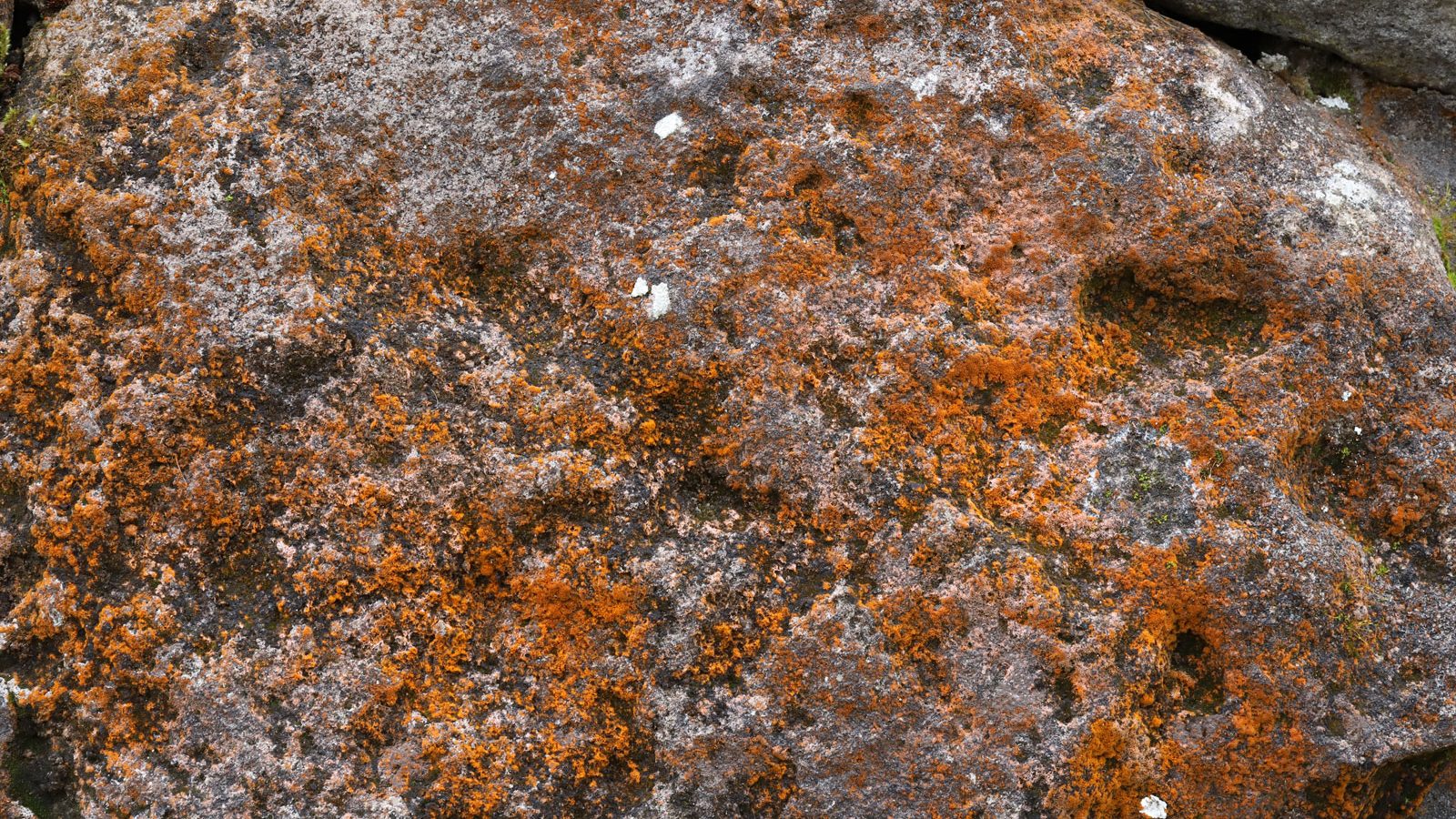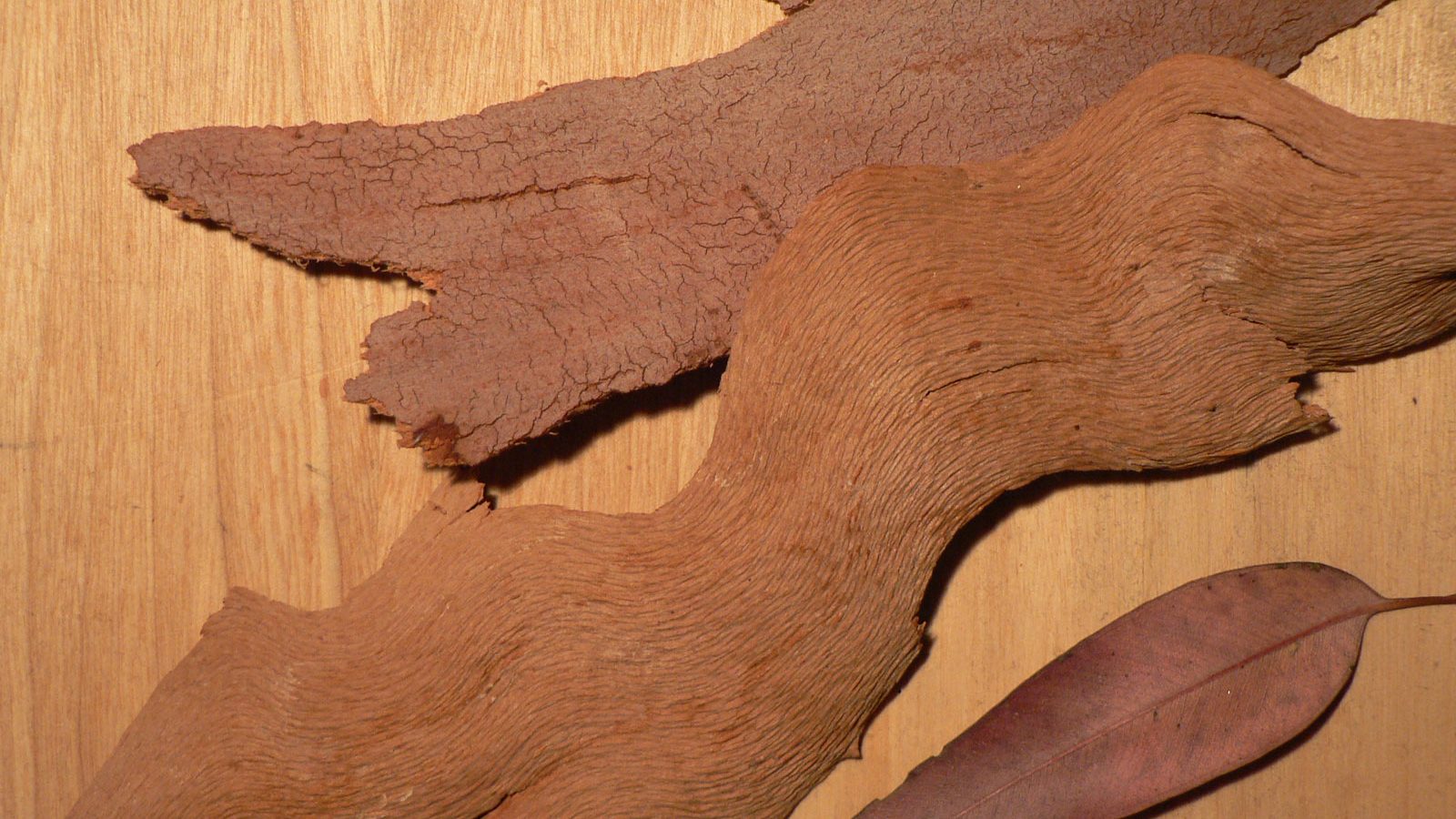Dalvui, Noorat, Victoria Australia
Dalvui at Noorat Victoria is a widely acclaimed and admired property with a famous garden established in 1906 before the magnificent Tudoresque mansion was built at Mount Noorat. Mr Neil Black commissioned the house, which was completed in 1908 by Melbourne architects Usher and Kemp, who were well known and responsible for many of Melbourne’s finest houses in the eastern suburbs. The residence is certainly magnificent, however, it’s Dalvui’s breathtaking gardens that draws a crowd.
Property History
The magnificent garden is from an 1898 design by William Guilfoyle, who famously designed the Royal Botanic Gardens Melbourne and the Camperdown Botanic Gardens. The 2ha garden was established and is typically English, with few native species. However, it contains signature plants and trees favoured by Guilfoyle, like palms and flowering gums and exotic species from Africa and South America which are hardy and drought tolerant for Australian conditions.
Architectural & Landscape Features
The spectacular garden at Dalvui lies on the rolling volcanic plains of Victoria’s Western District at Mt Noorat, The extinct volcano overlooks the garden and accounts for the rich soil on which the garden feeds. The land was taken up in 1839 but the present garden dates from 1898 when its owner, Mr Neil Walter Black, commissioned world acclaimed landscape designer William Guilfoyle to advise on layout of the garden. Sadly, very little documentary evidence remains, other than letters of engaement for services.
The beauty of the garden is in the trees and the sweeping lawns and particularly all the spring colour and foliage. In contrast, gardeners who on the windswept volcanic plains of western Victoria did their utmost to keep the harshness of the Australian landscape at bay. Here the inland climate seesaws between winter and summer extremes with the occasional drought thrown in. Guilfoyle designed the garden in 1898 to have a magnificent collection of mature trees, including elms, eight different varieties of oaks, kauri and several beeches. Over the years, the garden has thrived under a succession of attentive owners. Recently, a pair of soaring lindens were removed after a storm.
Special Comments from Chris Wilmar, Architect
The current owners, Pam and Peter Habersberger have taken to the immense task of maintaining the historic garden with passion and vigour. It’s a landmark, “people should be able to see it,” Mrs Habesburger claims. They see themselves as the present custodians of history and retaining the garden’s unique Guilfoylian character remains paramount. Guilfoyle’s idea was to create deep vistas of the garden. If you stand in certain parts of the garden you can see through the lovely long views across sweeping lawns and through beautiful trees and get glimpses of the ornamental lake and the mansion house.
The property, which still runs Suffork sheep bred from the land’s original stock 130 years ago, as well as cattle, were passed down to the Palmer family in 1909 after the untimely death of Mr Black while at sea.
Look at other architectural properties in the Portfolio section of the website.


